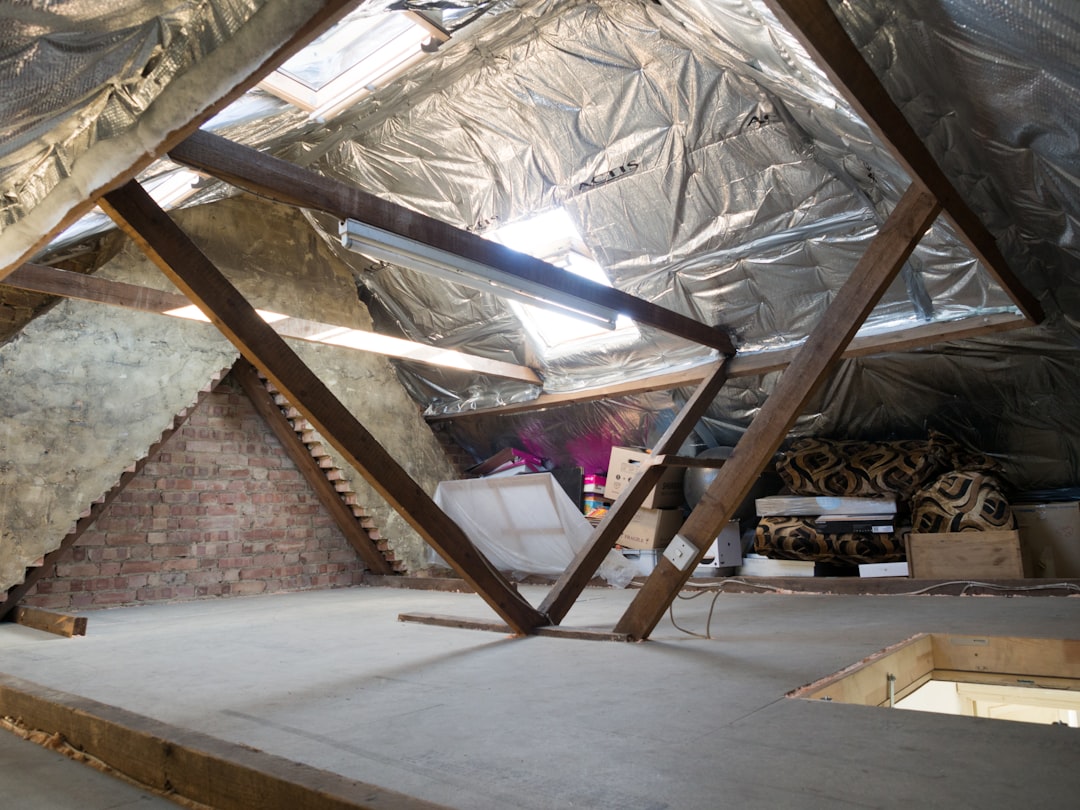
Properly engineered insulation blown in attic systems can significantly reduce energy costs, enhance indoor comfort, and improve soundproofing. For construction professionals, this translates to satisfied clients and enhanced reputation for energy efficiency. Utilizing AI-powered estimating tools and real-time material pricing ensures accurate and competitive bids.
Blown-in insulation typically involves loose-fill fiberglass, cellulose, or rockwool, each offering high R-values when installed correctly. Staying updated with current market rates is crucial for accurate cost estimation.
Key Performance Factors
• R-value per inch
• Settling rate over time
• Fire, pest, and mold resistance
• Material carbon footprint
Component Cost:
• Material: $1,200 - $1,500 per 1,000 ft²
• Labor: $500 - $800 per 1,000 ft²
• Total: $1,700 - $2,300 per 1,000 ft²
1. Open a new project in CountBricks Voice.
2. Walk the attic with your phone and describe joist depth, existing layers, and any obstructions.
3. The AI converts narration into square footage, bag counts, labor hours, and vent baffle allowances.
4. Review material options inside the estimate and swap products with a tap.
5. Generate a polished quote document branded with your logo or the homeowner’s subdivision emblem.
6. Collect e-signature and schedule automatically.
Blown-in jobs require precise measurements to avoid overestimating costs. Using lidar scans and blueprint uploads, you can ensure accurate volume calculations and cost estimates.
• 55% Material (loose-fill, ventilation chutes, rulers, baffles)
• 35% Labor (setup, blow time, cleanup)
• 5% Disposal and site protection
• 5% Overhead and profit
Air Seal First
Seal top-plate gaps, electrical penetrations, and HVAC chases before installation to prevent air leakage.
Maintain Even Density
• Start at the far end and work back toward the hatch.
• Keep the hose level to avoid thin spots.
• Check depth markers every 100 ft².
Ventilation Matters
Soffit and ridge vents are essential to prevent moisture buildup. Ensure compliance with regional codes.
Upgrading from R-19 to R-38 blown-in insulation can reduce heating and cooling costs by 15-25% annually. For a 2,000 ft² home, this equates to $300-$500 in savings per year.
• Homeowner sticker shock? Present side-by-side ROI visuals.
• Tight access hatch? Use compact blower specifications.
• Concern about settling? Offer a two-year density check-up reminder.
Blown-in insulation is most effective when combined with air sealing, duct sealing, and smart thermostats. Bundle these services for consistent margins.
• Photograph ruler depths before and after; store them with the invoice.
• Schedule early-morning installs to avoid attic heat.
• Offer upgraded attic hatches with gaskets for extra insulation.
• Use scrap rigid foam to dam around can lights labeled IC only.
• Leave one extra insulation bag for future touch-ups.

The owners of a 1,750 ft² 1970s bungalow in Cedar Ridge wanted lower bills before listing the home. Using CountBricks Blueprint Takeoff, the contractor imported the original plans and generated an attic volume report in under two minutes.
• Area: 1,120 ft² attic floor
• Target depth: 12 in (R-38 cellulose)
• Bags required: 63
• Material cost locked in: $1,285
• Labor hours: 6, two-person crew
1. Air sealing package completed first, including 14 can-light covers.
2. Blown-in installation finished before noon, thanks to automated bag-count staging.
3. Post-blow thermal imaging confirmed consistent coverage; photos uploaded to the client portal.
The homeowner reported a 6 °F reduction in attic-to-living-room temperature differential the same evening. An updated energy model predicts annual savings of $410, giving the project a simple payback of 3.4 years.
• The proposal included an optional radiant barrier add-on. Incremental ROI data shows 42% of clients accept the upgrade.
• An automated reminder to review HVAC duct sealing at the six-month mark is already in the client’s dashboard.